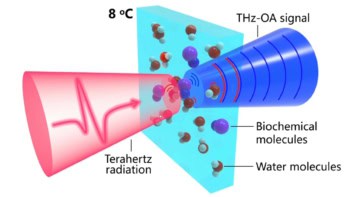Radiotherapy is used to target cancerous tumours with ionizing radiation, while seeking to minimize damage to healthy surrounding tissue. It is an example of applied physics, but unlike many other physics “experiments”, the human body is a changeable living system – tumours move and change size slightly during treatment sessions and patients’ breathing also needs to be considered. The result is that treatment plans intentionally include a margin for error to ensure tumour coverage, resulting in a certain degree of toxicity for the patient. In this video, Bas Raaymakers describes a recent breakthrough in which magnetic resonance imaging (MRI) is used simultaneously with radiotherapy to improve the accuracy of the treatment.
Raaymakers, a medical physics researcher at UMC Utrecht in the Netherlands, speaks about his group’s major breakthrough in 2017 when they demonstrated the technology by using an MRI-guided radiotherapy system to treat a patient with spinal bone metastases. The dose was delivered within 1% dose accuracy and with a spatial precision of 0.2 mm, paving the way for more widespread use in the near future.
This is the first in a series of three video interviews that profile pioneering medical physicists, to appear on this website during the next couple of weeks. Each video features a medical physicist from the board of Physics in Medicine & Biology, a journal published by IOP Publishing, which also produces Physics World.



